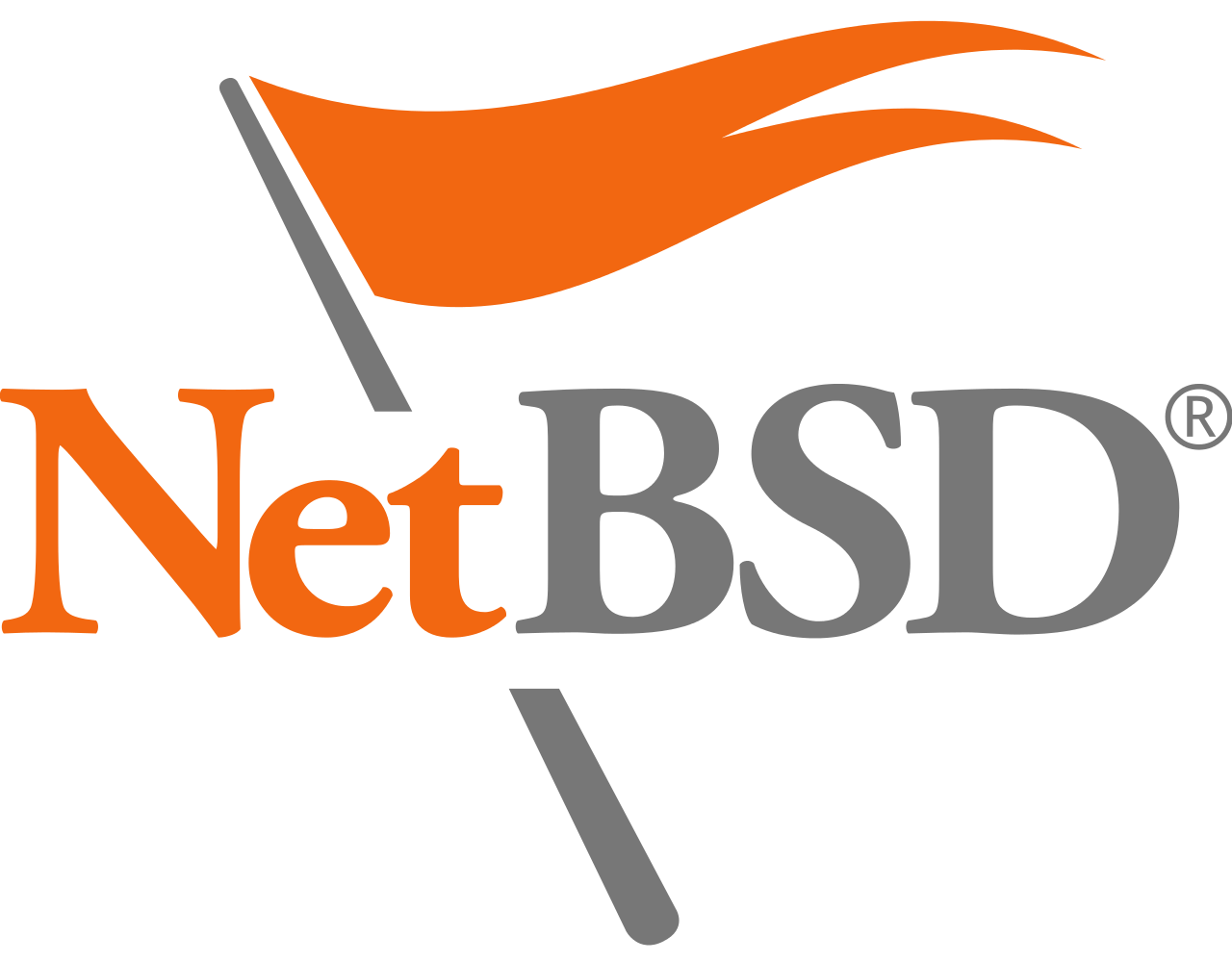Getting started with NetBSD on embedded platforms (Part 2) – London 18/5/2017
On the 18 May 2017, 18:00 – 20:00 at BCS London, 1st Floor, The Davidson Building, 5 Southampton Street, London, WC2E 7HA, [map] (51.510812, -0.121733)
Please register to attend and share on Lanyrd.
Workshop scope
Following on from the previous workshop, we will be continuing with the theme of NetBSD on embedded platforms. This time covering GPIO access with lua and rapid development with Rump kernel, which we did not get to in the previous workshop due to the lack of time.
If you did not get to attend the previous workshop, not to worry, notes are available and assistance will be provided on the day.
Participant requirements
You will need to bring:
- Your own laptop (running Windows, Linux or Mac OS X);
- A Raspberry Pi or BeagleBone Black;
- An appropriate SD card for your board;
- USB card reader to write a new OS image onto said SD card;
- An ethernet cable to connect board to laptop and/or a USB UART/FTDI adapter to access the board via the serial console.
 On the 20 April 2017, 17:30 – 20:00 at
On the 20 April 2017, 17:30 – 20:00 at